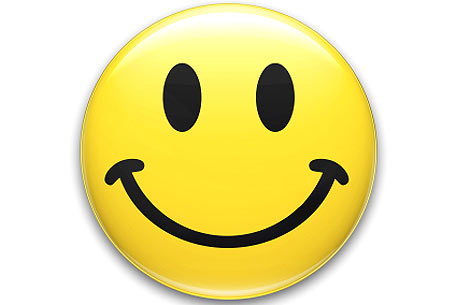How many times a day do we meet a friend or acquaintance, trade polite greetings and ask, “How are you?” The response is almost always, “I’m fine.” No more is said, no more is asked. We exchange pleasantries and go about our busy days. I can’t help but ask, "Are we all really fine?" If we are not, do we really want to lay out our laundry list of struggles when asked, and do we really want to take the time to listen to the honest response of others?
An important reality of life is that everyone is not fine. Everyone has problems, everyone is struggling with something in their life. Yet, so often we are unable or unwilling to share our struggles with others. We put up walls and keep a "safe" distance so as not to appear weak or vulnerable. We use the excuse that we don't want to burden people with our troubles or waste their time. Or, we hold back, fearing they will judge us. Instead of sharing our real fears, worries, and challenges, we opt to put on a happy face, a strong front, and tell ourselves and those around us that everything is “fine.” But living in a sea of “fine” can leave us feeling lonely and isolated.
I am not proposing that we disclose a litany of woes every time someone asks us how we are doing. I am suggesting, however, that we chose wisely who we want to share with and share away. Asking for help, leaning on friends in times of need, and sharing with others what is really going on takes great strength and courage. It is only by opening ourselves up to those around us that we can truly know each other, and feel comforted by the fact that we are not alone. Giving others that same gift of open-hearted, empathetic listening in return connects us in a very profound way.
I am grateful for the people in my life with whom I can share my joys and my struggles, and who trust me to listen to theirs. Together, we have faced the death of loved ones, the rewards and challenges of parenting, the great joys of life, the heart-wrenching battles with disease and illness, and so much more. We allow ourselves to be seen and known. In doing so, we strengthen our connection built on respect, trust, kindness, and love, knowing there is no judgment, only open hearts and open minds, and a soft space to land when one is needed. That is the true foundation of friendship. So, thank you to those people in my life who let me know that everything is not always fine and thank you for listening.






















